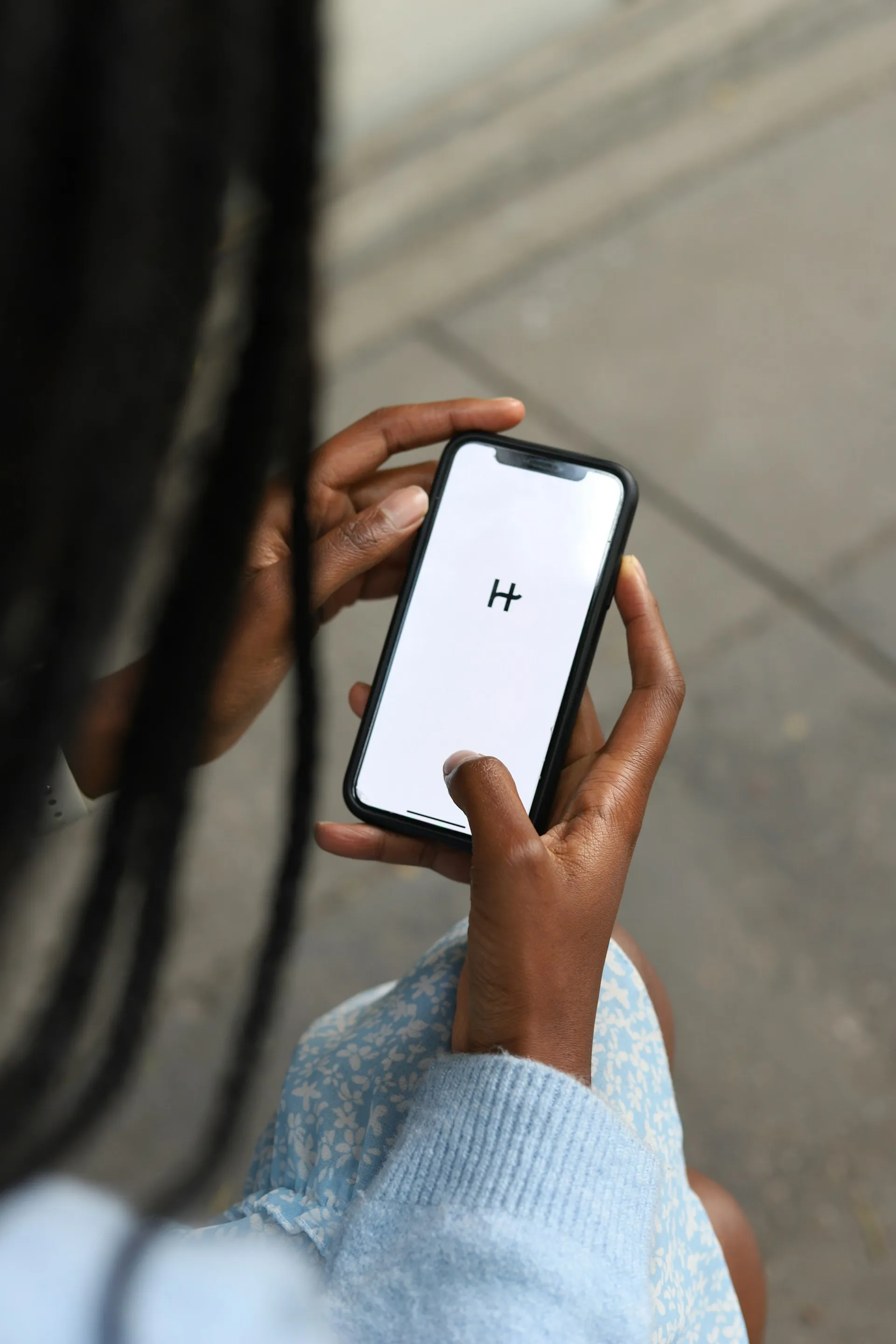Let's face it – nobody enjoys that moment when your phone screen cracks or your battery starts draining faster than your patience. But here's the thing: you don't have to fork over $100+ to some repair shop every time your device throws a tantrum. With Black Friday rolling around, there's never been a better opportunity to build your own arsenal of professional-grade repair tools.
Right now on Amazon, you can snag some seriously impressive deals on precision screwdriver sets. We're talking about electric versions with discounts up to 43% and manual options at 30% off. These aren't your grandfather's screwdrivers – these are sophisticated toolkits designed for the intricate world of modern smartphone repair.
What's really exciting is how the DIY repair movement has gained serious momentum over the past few years. I've watched repair costs climb steadily – what used to be a $50 screen replacement now easily hits $150 or more at authorized service centers. Meanwhile, manufacturers are finally starting to play ball. Google made a significant move in 2022 by partnering with iFixit to provide official parts, tools, and comprehensive repair guides for Pixel devices. That's a pretty clear signal that DIY repair isn't just accepted – it's encouraged.
The DIY repair revolution is here to stay
The numbers tell a compelling story about where this industry is headed. The phone repair toolkit market is projected to hit $2.8 billion by 2027, growing at a compound annual rate of 6.3%. To put that growth in perspective, traditional tool markets typically see 2-3% annual growth – this sector is expanding at more than double the rate of established markets.
Part of this surge comes from the sheer number of smartphones out there. We're looking at an estimated 7.8 billion smartphone users by 2028, which means billions of devices that will eventually need fixing. But it's not just about volume – there's a growing environmental consciousness pushing people toward repair over replacement. When you consider that manufacturing a new smartphone generates roughly 85kg of CO2 emissions, fixing your existing device starts looking like a pretty smart choice.
The tools themselves have evolved dramatically too. Today's repair kits feature modular designs, magnetic S2 alloy components, and ESD-safe materials that prevent electrostatic damage during delicate operations. These aren't the basic screwdriver sets you'd find at a hardware store. They're engineered specifically for the microscopic precision required in modern electronics.
What makes these Black Friday deals worth your attention?
The current Amazon promotion showcases two particularly compelling options: the Hoto 24-in-1 manual screwdriver set and the 25-in-1 electric version. Both sets are specifically engineered for modern smartphone repairs, which means they can handle the increasingly complex internal architecture of devices like Google's Pixel series.
Here's where things get technical (but stay with me): Pixel devices require specialized Torx Plus 3IP screwdriver bits for proper disassembly. That's not the kind of bit you'll find in your average toolkit, which is exactly why these specialized kits matter so much.
The market data backs up the timing advantage here. Research shows that over 51% of precision tool buyers are DIY enthusiasts, with electronics repair accounting for nearly 28% of all use cases. What makes Black Friday particularly strategic is that while search interest for repair tools typically spikes in September following new device launches, the pricing during those peak demand periods runs 15-20% higher than what we're seeing in these holiday sales.
Professional-grade tools without the professional price tag
What really impresses me about today's precision repair kits is how they deliver genuinely professional specifications at consumer prices. Take the JAKEMY 180-in-1 set, for example. This thing features chrome-vanadium tool steel construction with HRC52 hardness rating – that's the kind of material specification you'd expect from tools costing several times more.
To put this in perspective, professional repair shops typically invest $200-400 in equivalent tool sets from brands like Wiha or Wera. The engineering goes way beyond just using good steel, though. These kits incorporate thoughtful design elements like phosphated bit surfaces for enhanced wear resistance, anti-roll handle designs for better torque application, and magnetic bit retention systems that prevent those tiny screws from disappearing into the void of your workspace.
What's equally impressive is the confidence manufacturers have in these products. Many now offer lifetime warranties, which tells you something about the build quality. When a company is willing to back a sub-$50 toolkit for life, they're clearly confident it can handle serious use – and that's exactly the kind of durability you need for repeated smartphone repairs.
Getting the most value from your repair investment
Smart shopping during Black Friday means understanding the different deal structures available. iFixit's current promotion offers escalating discounts – 4% off two items, 6% off three items, 8% off four items, or 10% off five items. This structure actually encourages you to build a more comprehensive toolkit rather than buying piecemeal.
Their Pro Tech Go Toolkit is a perfect example of smart bundling. Normally priced at $71, it's currently available for $50, and includes essential components like ESD tweezers, spudgers, 32 precision bits, and specialized opening tools. That's everything you need for most smartphone repairs, packaged in a portable format.
Here's where consumer feedback becomes crucial for making smart purchasing decisions. Positive reviews consistently highlight sturdy build quality and convenient bit storage as the factors that separate good kits from great ones. Common complaints center around loose screws and bits that fall out easily – red flags that suggest you should look for kits with secure magnetic retention systems and robust case construction. When comparing options, prioritize kits that specifically address these durability concerns, as they'll save you frustration and money in the long run.
Your pathway to repair independence starts now
The timing couldn't be better for jumping into DIY device repair. Black Friday pricing, improved tool quality, and manufacturer support for self-repair create a perfect storm of opportunity. Based on my analysis of repair costs over the past year, investing in a quality toolkit typically pays for itself after just two smartphone repairs – and most people need repairs far more frequently than that.
Whether you're drawn to the precision control of manual tools or the efficiency of electric drivers, the math is compelling. A typical screen replacement that costs $150 at a repair shop can be done for $30-40 in parts when you have the right tools. Battery replacements follow a similar pattern – $80-100 professionally versus $15-25 DIY.
These Black Friday deals won't last forever, and with orders placed before December 19th still arriving by Christmas, there's still time to secure professional-grade tools at consumer-friendly prices. The question isn't whether you should invest in repair tools – it's whether you can afford not to, given how much money you'll save over the long run.


















Comments
Be the first, drop a comment!